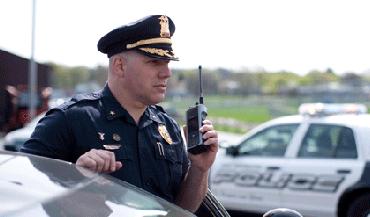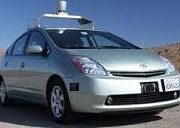 OK, maybe not everything you know is wrong. However, at a recent National Public Safety Telecommunications Council (NPSTC) Seminar, I was impressed with not just how little I knew, but also how much that I thought I knew was simply not true.
OK, maybe not everything you know is wrong. However, at a recent National Public Safety Telecommunications Council (NPSTC) Seminar, I was impressed with not just how little I knew, but also how much that I thought I knew was simply not true.
Test your level of misconceptions below:
1) Interoperability is not the ability to talk with everyone all of the time.
“Interoperability is the ability of Public Safety responders to share information via voice and data communications systems on demand, in real time, when needed, and as authorized.”
–National Task Force on Interoperability, 2002
–National Emergency Communications Plan, (NECP) Revision 1 (pending)
Noticed the qualifier “…as authorized.” Unrestricted communication between all Public Safety officers in all departments would result in “chaos.”
2) For the most part, interoperability does not include firemen, police, and EMTs talking directly with each other.
This one really surprised me. Like everyone else, I had heard about the inability of First Responders to communicate with each other during the 9/11 attack. The experts at the NPTSC seminar maintained that, even in an emergency situation, it is rare that front-line responders from different services need to talk directly with each other. “They have different jobs.” However, they all need to be able to communicate to a central command, which then will coordinate the activities of the different departments.
3) Interoperability is primarily used for day-today activities, not big-time emergencies.
Again, the specter of 9/11 colors preconceptions about interoperability. 93% of interoperable communications occur on ordinary day-day activities. When one considers that even a single metropolitan area of a million people might have dozen different jurisdictions, the need for constant daily coordination makes sense.
4) The national drive for interoperability did not start with 9/11.
9/11 may have given interoperability projects a big kick in the pants, but efforts actually started back in the 1970s. For example, the disco era witnessed the designation of the VHF Fire “Intersystem” (mutual aid) channels (154.265, 154.280, 154.295 MHz, now the VFIREs).
5) Heterogeneous solutions rule.
Several officials at the NPTSC seminar described regional interoperable systems that they had helped established. None of the solutions were a prepackaged turn-key system. In fact, they emphasized how diverse the components were. I got the impression that they were suspicious of end-to-end solutions.
6) Technology is not the biggest problem. Politics is.
If you had asked me pre-seminar what the biggest problems in interoperability were, I would have probably answered the difficulty of integrating so many different kinds of proprietary technologies, especially the legacy analog equipment. The experts in the seminar were adamant: technological challenges were easy, people weren’t. “Turf wars” in which authorities battle over “who talks where” plague interoperability efforts. One person described a state that had 2 to 3 competing regional systems. Even standardizing the naming of the interoperability channels has required a sustained national effort.
7) All hail open standards.
Some of the experts see open standards as a way of resolving conflicts between competing solutions. Just as Unmanned Ground Vehicle developers have PEO-GCS/RSJPO’s Interoperability Profile (IOP) as a guide, Public Safety vendors need to utilize Project 25 (P-25). “P-25 is the future.” Read about it here.
8) Keep it simple.
One major stumbling block to interoperability solutions is getting police to operate them correctly. The average patrolman has no interest in developing skills that are more appropriate for a signalman. Everyone regularly tests police for firearm proficiency; almost no one test for communications capability. One interesting exception is Virginia. There, when policemen are tested for firearms, they are also asked questions about communications. In any event, interoperable systems need to be extremely user-friendly. Whoever sells a solution that is simple for the end-user will have a big advantage.
The single biggest thing I learned from the interoperability seminar is not to rely on my preconceptions. Solution providers should follow the old salesman rule for dealing with potential clients: spend 90% of your time listening.






